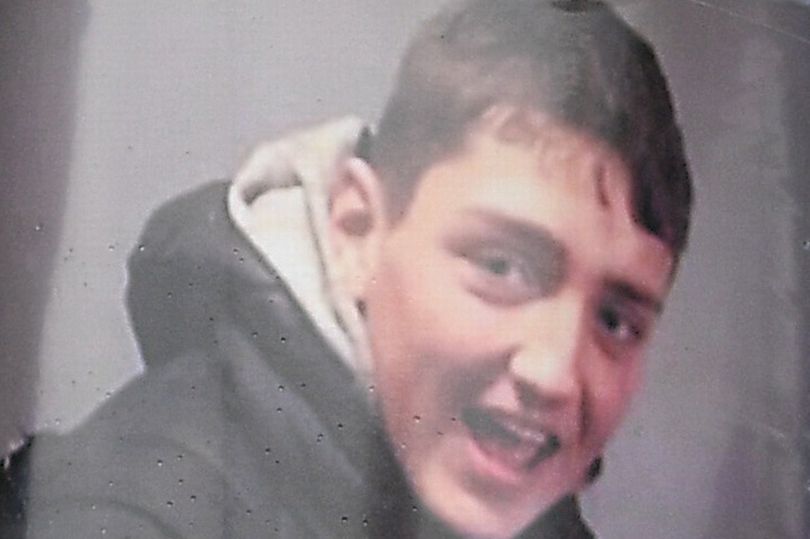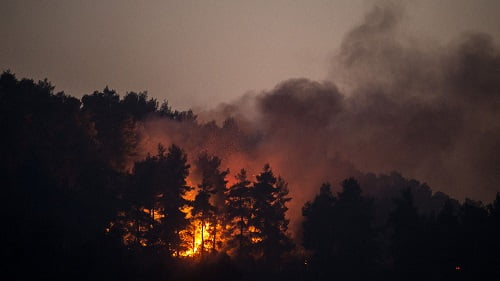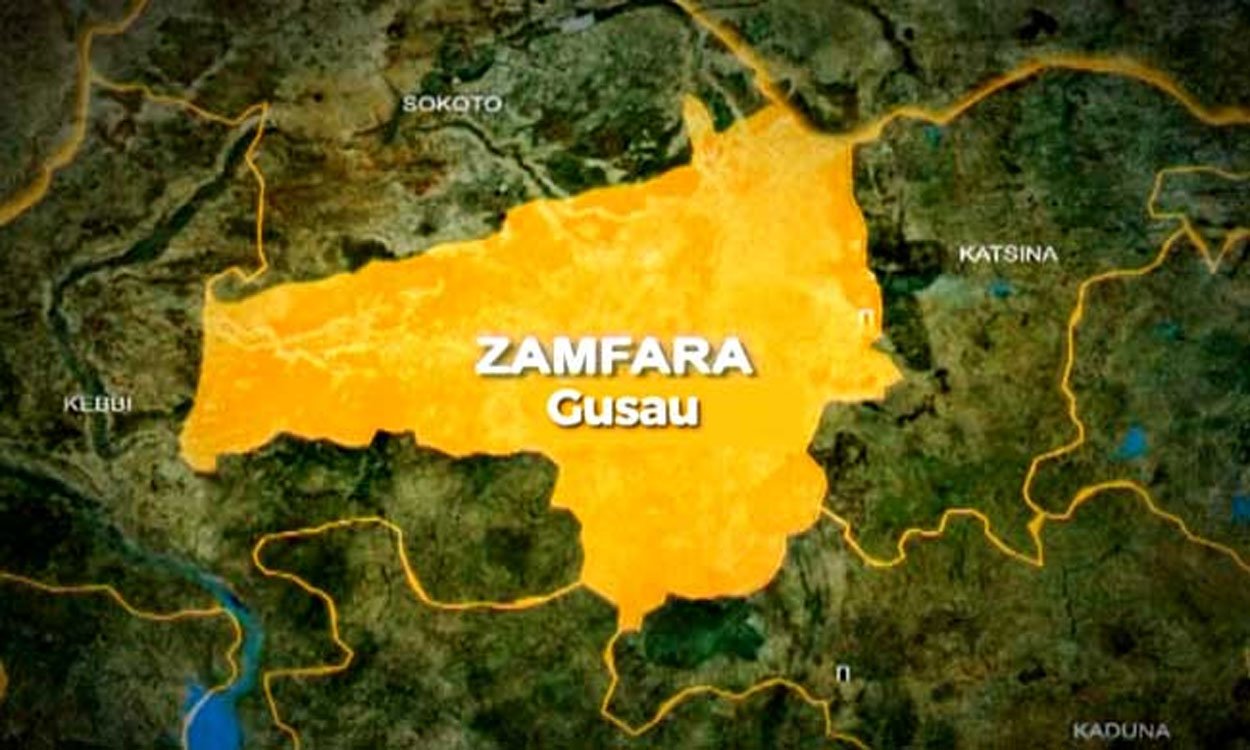An off-duty nurse tried to save the life of two teenage boys after witnessing the aftermath of a crash that they were involved in, an inquest has heard.
A jury of seven men and four women at Bolton Town Hall were told that Leo Gradwell, 14, died after ‘losing control’ of a Fiat 500 in Ashton Road, Golborne, before colliding with a Kia Sportage and then a Renault Clio on October 11, 2019. Two passengers in the car – named in court as Rhys and Bradley – were also injured in the collision.
At the time of the crash, Leo was being chased by police, as the car he was driving matched the description of a Fiat stolen in Wigan the previous night. The court heard that a blue Fiat 500 had been taken by two masked males, one of whom had allegedly been carrying an axe. However Leo was not alleged to be one of the assailants.
Giving evidence on the second day of the inquest, Susan Lane said that she had been driving home from shopping in Wigan when she spotted a car on its side in the middle of the road. After telling officers that she was an off-duty nurse, she was invited inside the scene.
Ms Lane told the jury that when she first saw Leo, he had already been removed from the car and had been placed in the recovery position on the road. “He had a really good pulse,” she said. “I opened his eyes and his pupils appeared to be blown, which is a symptom of a severe head injury.”
Ms Lane said she asked a police officer if they had any first aid equipment but said they only had a ‘basic’ kit containing plasters. “I told them that was no good. I couldn’t do anything,” she added.
Tributes to Leo left at the scene of the crash (Image: Manchester Evening News)
It was at that point she turned her attention to Bradley, then aged 15. Ms Lane recalled: “His lips were turning blue… he was struggling to breathe.
“I asked if anyone had oxygen as that’s what I thought he needed. I couldn’t do anything for Leo because I didn’t have the equipment, but I could help Bradley.
“I talked to him and he was in obvious shock. I didn’t know if he had a head injury, as some of the things he was saying back to me wasn’t appropriate.
“I was telling him to sit up straight, breathe in on three, and breathe out on three. He was really struggling.”
Ms Lane told the court that she then went back to Leo but his pulse had slowed. Paramedics had arrived on the scene by this point and started CPR, she said. “I got the view that all emergency services at the scene wanted Leo to survive and did all they could to keep him alive,” Ms Lane added.
Commending Ms Lane’s actions, senior coroner Timothy Brennand said: “Matters unfolded for you that day when off-duty and to give up your time and skills you clearly have, you can see how grateful the family are. I can only commend you.”
The drivers of the other two cars involved in the collision also gave evidence. Leo initially crashed into the back of a Kia Sportage as he tried to go around it, before the car flipped and crashed into the front of a Renault Clio on the other side of the road.
Gary Dawber, who was driving the Kia Sportage, said: “I heard a big bang and then saw a car flying past my window.”
Clio driver Max O’Hare told the court he was ‘in shock’ after seeing a Fiat 500 on its side and coming towards him. “I saw a police car coming towards me and pulled over so I was stationary,” he said. “There was also a black car opposite me.
“I only realised a moment before [the crash] that the Fiat was there. I saw it went onto two wheels.”
He added: “I think the police that day did all they could.”
One of the first paramedics on the scene was Karl Hough, who the jury was told had almost 20 years experience at the time of the incident. After trying to resuscitate Leo at the scene, Mr Hough told the jury that he was responsible for the decision to take him to the trauma unit at Royal Albert Edward Infirmary rather than Royal Manchester Children’s Hospital, which is a specialised major trauma centre.
Explaining the decision, he said that he thought Royal Albert Edward Infirmary represented Leo’s best chance of survival. Mr Hough added: “I was informed it [Royal Albert Edward Infirmary] was 12 to 13 minutes away. Royal Manchester Children’s Hospital was at least 30 minutes away.
“My decision on that day was based on the instability of his condition. He was very very unstable.”
Leo was assessed by Dr Asim Habib at Royal Albert Edward Infirmary. Dr Habib told the court that all staff were on standby for his arrival after being put on ‘red alert’. He said that on arrival, Leo still had a pulse but said he made the decision that being transferred to Royal Manchester Children’s Hospital would give Leo the best chance of survival.
Upon arrival at Royal Manchester Children’s Hospital, paramedics were informed that the CT scanner in the children’s section of the hospital was ‘faulty’, so Leo had to be taken to a different part of the site, where a scanner was available.
Representing the Gradwell family, barrister Mass Ndow-Njie raised concerns about delays in Leo being scanned and questioned why he was not taken straight to that part of the hospital upon arrival.
Mr Hough responded: “When we arrived, he was very unstable. The observations were not someone who could be safely put into the scanner straight away.
“He needed intervention from doctors to stabilise him right away. It is unheard of for us, as ambulance staff, to take a patient directly to a scanner.
“All the right people were there in the room when we arrived, they would establish priorities. There was a delay in A&E, but rightly so because they worked vigorously to stabilise Leo.
“At the scanner, they don’t have the same equipment at hand, so if he became more critically ill while in the scanner, it would have been an even bigger problem.”
Mr Ndow-Njie also raised concerns on behalf of the family about Leo being transported by land rather than air, as air ambulances responded to the incident and had taken Bradley straight to Royal Manchester Children’s Hospital.
Dr Edward Davies, who responded with North West Air Ambulance, said: “We wouldn’t take very unstable patients in a helicopter. Land ambulances are more optimal – they are bigger spaces and there are more people. I would never have taken him by helicopter as he was so unstable.” Dr Davies added that helicopters are usually called to the scene to provide equipment, rather than to take patients to hospital.






